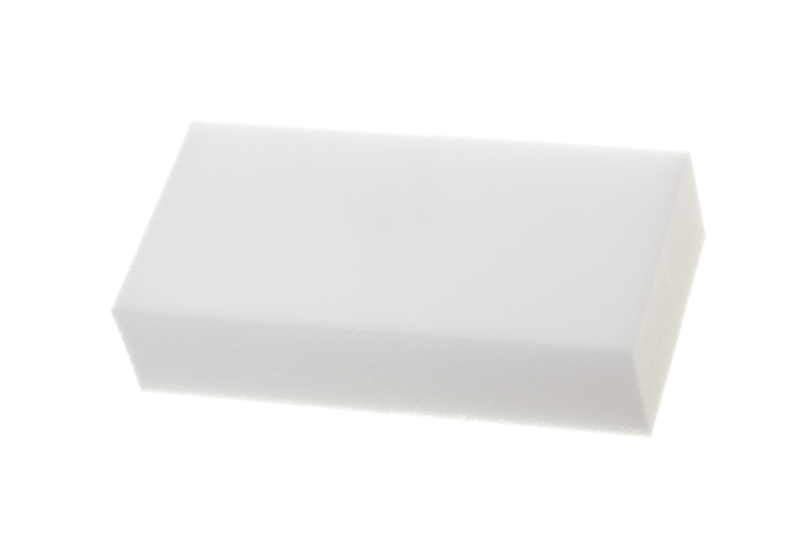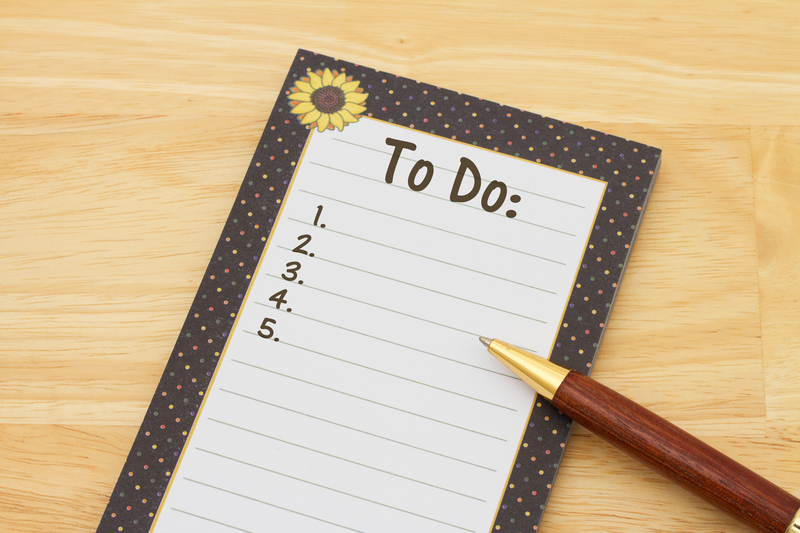The most effective cleaning methods for different types of surfaces in your home
Posted on 25/07/2024
Cleaning is an essential part of maintaining a healthy and hygienic home. However, different surfaces require different cleaning methods to effectively remove dirt, grime, and bacteria. Using the wrong cleaning method for a specific surface can cause damage and lead to costly repairs. In this article, we will discuss the most effective cleaning methods for different types of surfaces in your home and provide tips and takeaways for each.
Carpets
Carpets are one of the most common flooring options in homes, but they also tend to accumulate a lot of dust, dirt, and stains. Regular vacuuming is essential for maintaining carpets, but deep cleaning is necessary to remove tough stains and bacteria. The most effective method for deep cleaning carpets is steam cleaning. This method involves using hot water and a cleaning solution to penetrate deep into the carpet fibers and loosen dirt and stains. The steam cleaner then removes all the dirt and moisture, leaving your carpets clean and fresh.
Tip: It is recommended to steam clean your carpets at least once every six months or more frequently if you have pets or children in your home.
Takeaway: Steam cleaning not only removes visible dirt and stains but also eliminates allergens, making it a great option for those with allergies or respiratory issues.

Hardwood Floors
Hardwood floors add elegance and warmth to any room, but they require specific care to maintain their beauty and durability. Avoid using harsh chemicals or abrasive tools on hardwood floors as they can cause scratches or damage the finish. The best way to clean hardwood floors is by using a mixture of warm water and mild soap. Dip a soft cloth or mop in the solution and wring out excess water before gently wiping the floor.
Tip: Invest in a microfiber mop as it is gentle on hardwood floors and attracts dust particles better than traditional mops.
Takeaway: Avoid leaving standing water on hardwood floors as it can cause warping. Always dry the floors immediately after cleaning.
Stainless Steel Appliances
Stainless steel appliances are sleek and modern but can easily show fingerprints and smudges. To clean them effectively, use a microfiber cloth dampened with warm water and a mild dish soap. For tougher stains, mix equal parts vinegar and water and use a soft cloth to wipe the affected areas. Avoid using abrasive cleaners or tools as they can scratch the surface of stainless steel.
Tip: To keep your stainless steel appliances looking shiny and new, wipe them down with a small amount of baby oil on a clean cloth every once in a while.
Takeaway: Always wipe in the direction of the grain of the stainless steel to avoid leaving streaks or scratches.
Bathroom Tiles
Bathroom tiles are prone to mold, mildew, and soap scum build-up. The most effective way to clean them is by using a mixture of equal parts water and white vinegar. Spray the solution onto the tiles and let it sit for about 10 minutes before scrubbing with a soft brush or sponge. For tougher stains, you can also add baking soda to the mixture for extra cleaning power.
Tip: Regularly cleaning bathroom tiles will prevent grime buildup and prolong their lifespan.
Takeaway: Avoid using harsh chemicals like bleach on bathroom tiles as they can cause discoloration.
Glass Surfaces
Glass surfaces, such as windows and mirrors, require special care to avoid streaks and smudges. The most effective method for cleaning glass is by using a solution of warm water and vinegar or rubbing alcohol. Spray the solution onto the glass surfaces and wipe with a microfiber cloth for a streak-free shine.
Tip: Use crumpled newspaper instead of paper towels to wipe glass surfaces as it is more absorbent and reduces streaking.
Takeaway: Avoid using abrasive cleaners or tools on glass surfaces as they can cause scratches.

Pros and Cons
Pros:
-Regular maintenance and the use of proper cleaning methods can prolong the lifespan of various surfaces in your home.
-The recommended cleaning methods are cost-effective and use natural ingredients, making them safe for both your family and the environment.
-Effective cleaning removes bacteria, allergens, and other harmful substances from your home, promoting a healthier living environment.
Cons:
-Some of the recommended cleaning methods may require more time and effort than using commercial cleaners.
-Proper care and maintenance may not completely remove tough stains or damage that has already occurred on surfaces.
Conclusion
Keeping your home clean and hygienic is essential for the health and well-being of your family. By following the most effective cleaning methods for different types of surfaces in your home, you can ensure that they stay in top condition while also maintaining a healthy living environment. Remember to always use gentle tools and natural ingredients for optimal results. Regular maintenance and proper care will not only keep your home looking beautiful but also save you from costly repairs in the long run.




